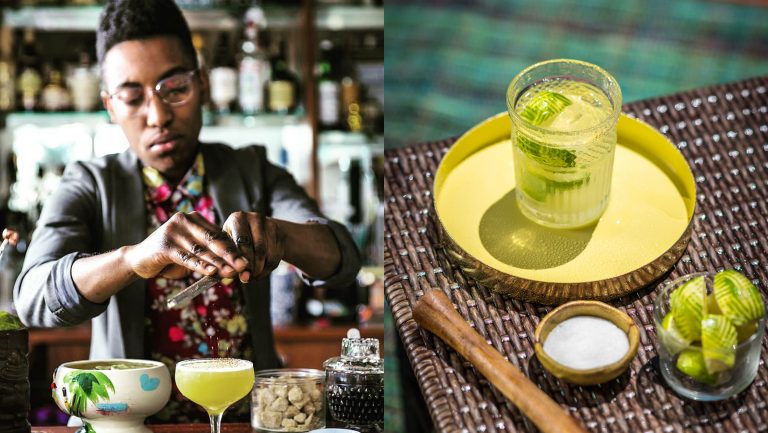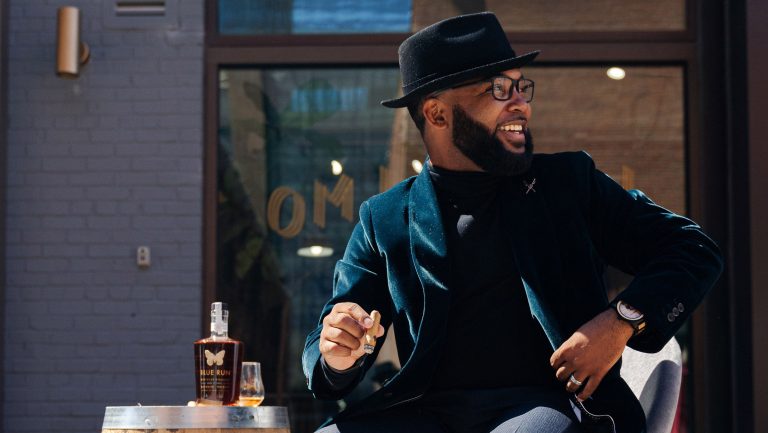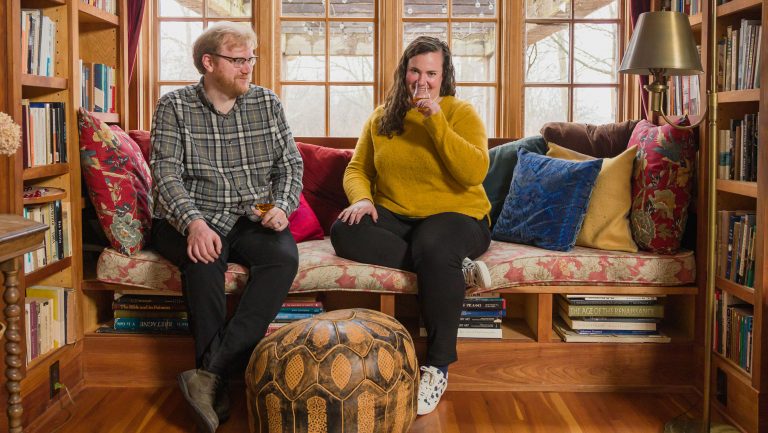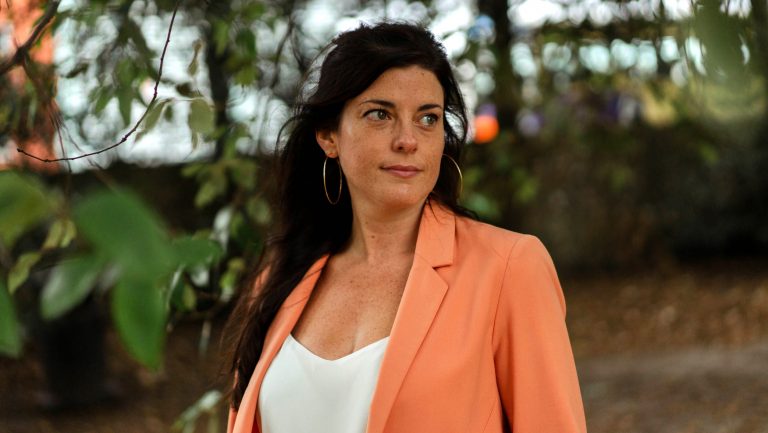Awarded for: This year, Shannon Mustipher became the first African American bartender to publish a cocktail book in more than a century. Tiki: Modern Tropical Cocktails represents the future of the once-problematic tiki genre in America.
Eight years ago, Shannon Mustipher left a job as a photo-styling assistant to pursue a dream of working in the hospitality industry as an educator and consultant. Earlier this year, the Charleston, South Carolina, native became the first working African American bartender to have a cocktail book released by a major publisher in more than a century. What’s more, after less than a decade in the industry, Mustipher has become one of New York City’s most sought-after authorities on cane spirits.
Mustipher’s book, Tiki: Modern Tropical Cocktails, is a seminal work of spirits writing for several reasons: One, it shines a much-needed spotlight on the stylistic and geographic diversity within the rum category, and two, it marks a decided shift away from the problematic, culturally insensitive elements of 1930s tiki culture, which appropriated a myriad of Polynesian and Caribbean influences.

Don’t miss the latest drinks industry news and insights. Sign up for our award-winning newsletters and get insider intel, resources, and trends delivered to your inbox every week.
“Tiki,” says Mustipher, “is a cultural phenomenon—tropical and exotic bars and restaurants became the ‘it’ thing in the 1930s and eventually defined American food, drink, dining, architecture, fashion, style, and more up to the 1960s. It’s a part of our history, and I look at it as a time period that we experienced and now draw inspiration from to bring excitement to a new generation of bargoers.”
Regarding the question of cultural appropriation, Mustipher says, “I think it’s possible to create cocktails and bar environments that appeal to the escapist vibes of a tropical environment—without needing to use symbols and iconography associated with a culture apart from your own. It’s a matter of using judgment and taste.”

Mustipher says she first fell for rum five years ago, when she became the consulting beverage director at Brooklyn’s Glady’s Caribbean. As the restaurant focused on Caribbean culture, Mustipher was asked to draw up a list of nearly 50 rums to be served by the glass. Glady’s now offers 80 different pours, organized in subcategories highlighting English, Spanish, and French approaches to rum production.
“I love the diversity of the category,” Mustipher says. “It’s made in over 90 countries, and there are no universally recognized standards in regards to production and flavor. This makes it difficult to pin down as a category. Finding bottles that I enjoy, that are of exceptional quality, is akin to a treasure hunt. And the payoff when I find those gems—the enjoyment, memories, and stories that come from those moments—is priceless.”
The people, projects, and ideas recognized in this year's awards are truly transformative, addressing everything from climate change to social equity in the industry. Get to know the trailblazers forging new paths in the beverage alcohol space.

SevenFifty Daily's 2019 Drinks Innovators
Besides her book and her regular gig at Glady’s, the seemingly tireless Mustipher has parlayed her passion for rum into additional projects, like her pop-up bar project Women Who Tiki, which organizes one night-only tiki experiences. Founded in 2018, the organization brands itself as a “tropical-centric cocktail experience” that brings women together behind the bar to spotlight the celebratory aspects of the genre.
“Shannon Mustipher recognized an opportunity to bring more culturally influenced drinking styles to light and ran with it flawlessly in her book,” says Camille Austin, a mezcal luminary who serves as a global portfolio ambassador for Casa Lumbre Spirits. “She brings the fresh, bright, and colorful vibes of the Caribbean to our senses while constantly communicating the meaningful heritage and culture behind all of her creations.”
In her book and her pop-up bars, Mustipher bridges her bartending experience with her background in the arts—before her time at Glady’s, she studied painting and art history at the prestigious Rhode Island School of Design. It’s this interdisciplinary approach that’s been noted and admired by her peers in the industry.

“Shannon Mustipher is constantly clear-cutting paths for the masses to see the treasures that are tiki cocktails and culture,” says veteran New York bartender Sother Teague, of Amor y Amargo fame. “She does so in an inviting and uncomplicated way by combining her charm and her skill not just as a bartender but as a trained visual artist. She’s a forward thinker who takes time to look and reach back to bring us all up to speed and ensure there’s room for everyone. I’m always happy to see her at the bar, no matter which side she’s standing on.”
Mustipher certainly wears many hats in the bar world these days—and she’s not just working with rum. This year she was also named director of advocacy for the bartender-driven Bertoux Brandy, a natural next step in her path toward education within the spirits industry.
As a queer black bartender, Mustipher says she’s excited to see “more diversity and inclusivity” entering all levels of the bar space. “There are powerful and influential women, men, LGBTQ people, people of color, and every intersection making waves and huge contributions not only in bigger markets but at every point in between—hospitality has never felt more vibrant and hospitable, and there is no end in sight!”

Dispatch
Sign up for our award-winning newsletter
Don’t miss the latest drinks industry news and insights—delivered to your inbox every week.
Dan Q. Dao writes about culture and travel for Paper, Vice, Food & Wine, Texas Monthly, Architectural Punch, and Forbes, among other publications. Before going solo, he was the deputy digital editor at Saveur magazine and a bartender at Middle Branch in New York City.







